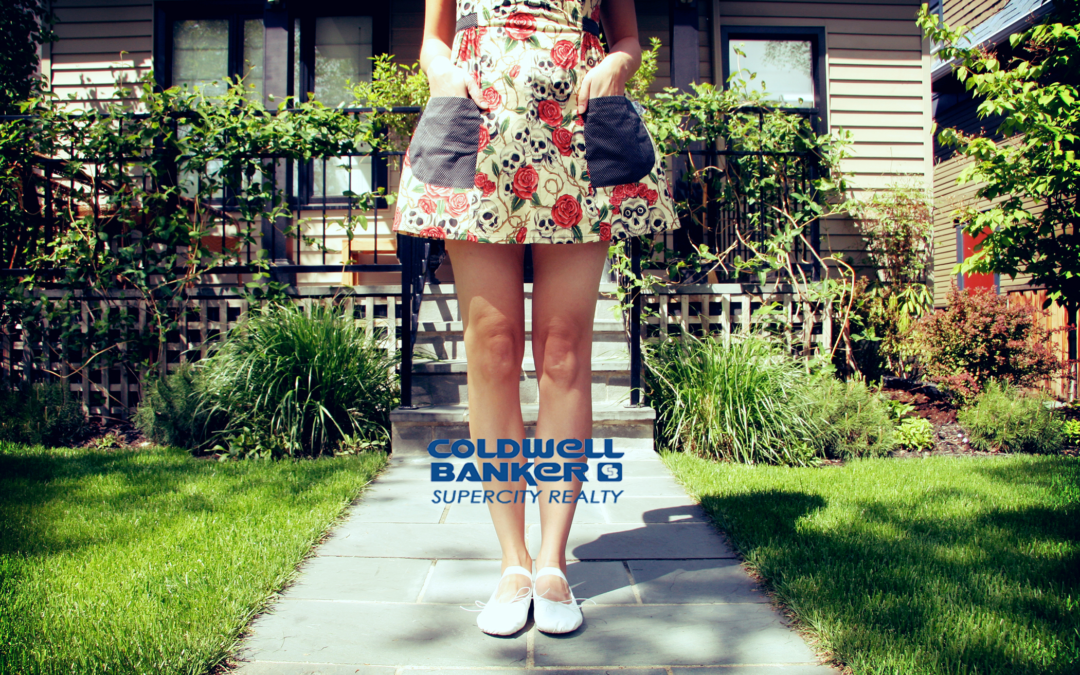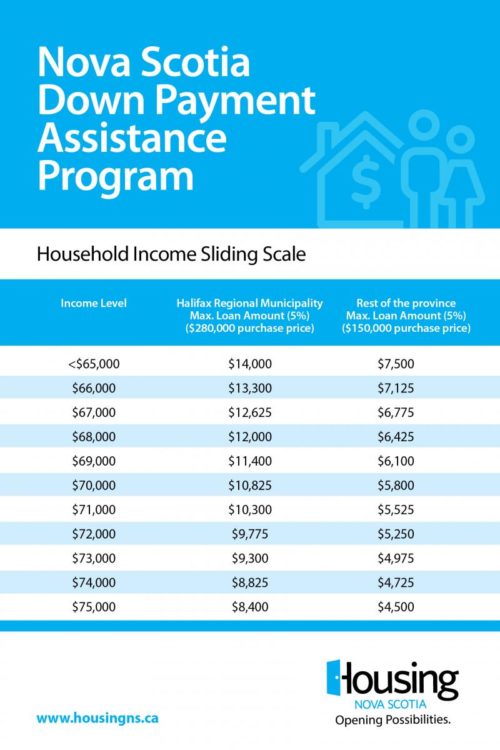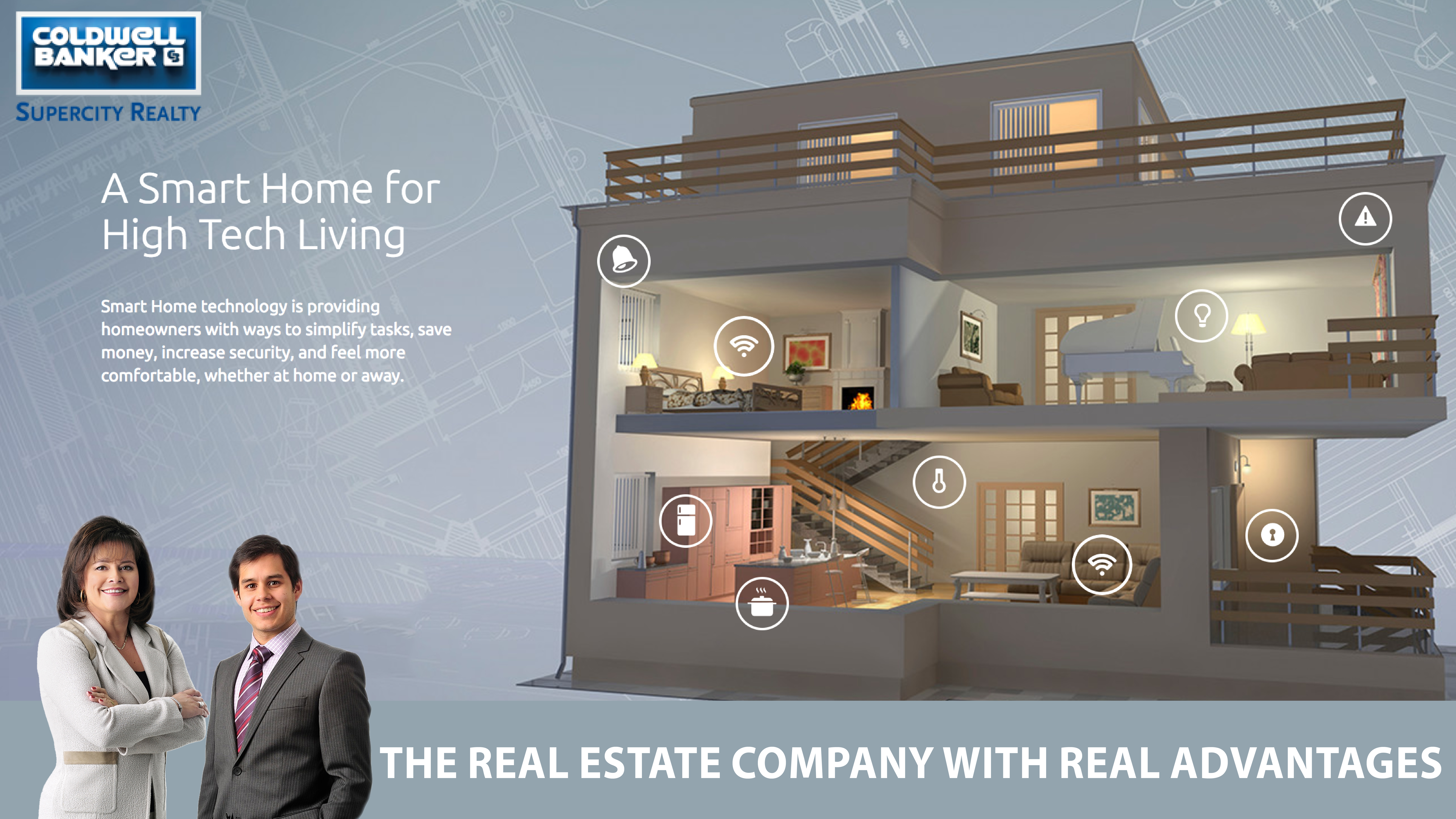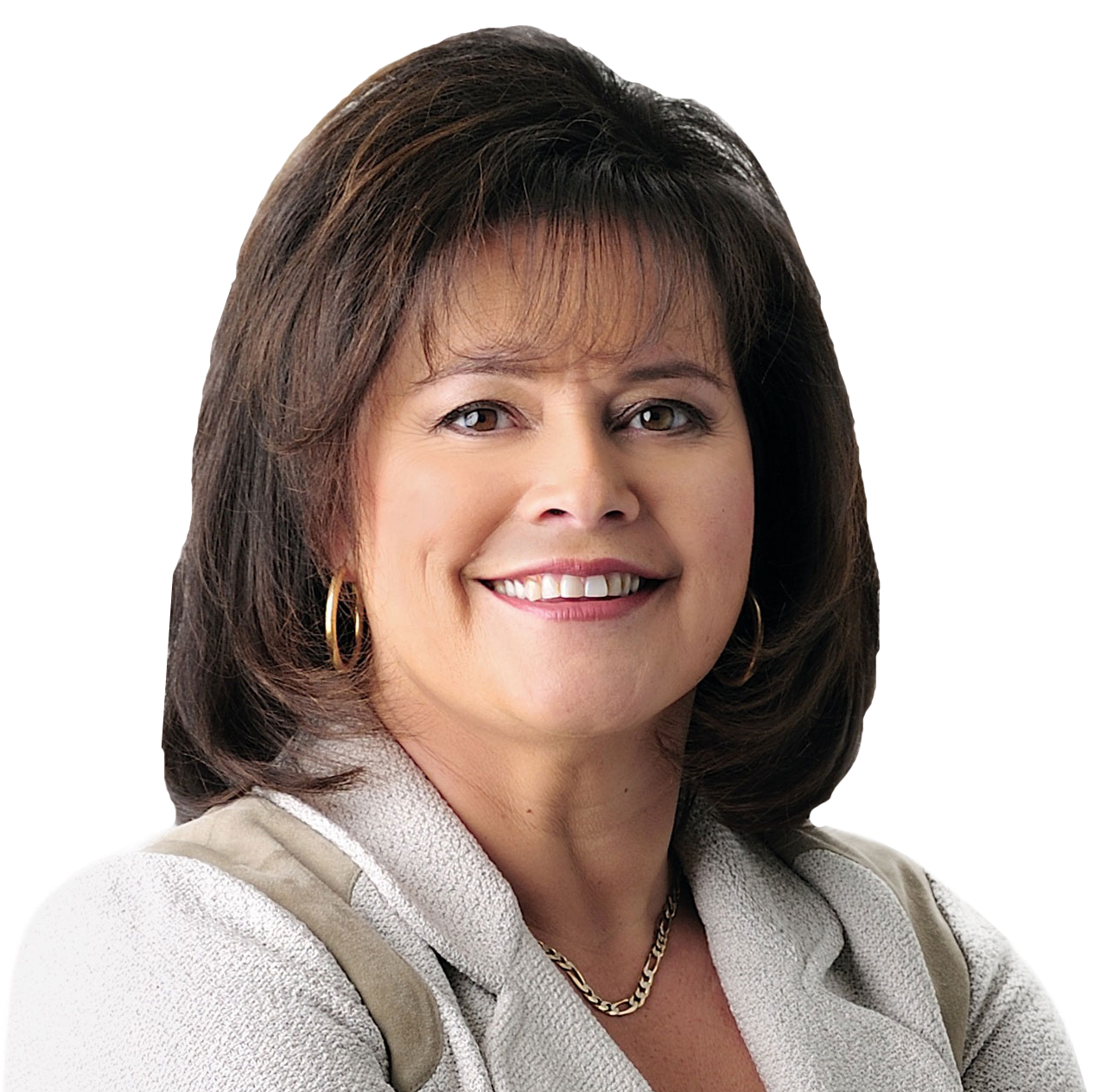The door for single women first-time homebuyers is wide open. Single women are the fastest growing segment of the real estate market. In fact, they are buying homes at more than twice the rate of single men, and have been since 1981. More than one in five home buyers is a single woman, and twice as many unmarried women are buying homes than single men. Some estimates indicate that at least 25 per cent of home buyers in Canada are women.
Let’s have a look at the typical single woman first time homebuyer:
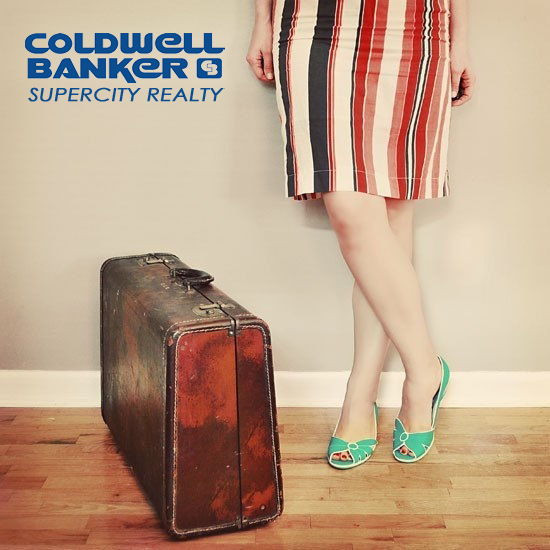
11 Trends for First-Time Single Women Home Buyers
- 3 out of 4 women spend less than $200,000
- Prefer 2 bedrooms or more
- Less likely to choose new construction
- Buy in city over suburban areas
- Will compromise size and cost to get other amenities
- Will not compromise on location or quality of neighborhood
- Prefer condominiums with well-run homeowner associations over single family homes
- Smaller spaces are acceptable
- Desire security and/or gated access
- Like to engage in social interaction with neighbors
- Want close proximity to stores, shopping, and fitness centers
If you’re a single woman who wants to buy a house, the good news is the market is wide open for you. Whether that’s buying a one- [bedroom] and den or junior two-bedroom condo as first-time homebuyers, single women are looking at something that can work as a home office or guest room now, or a baby’s room down the road.
We’ve put together 5 Money Saving Tips for the Single Women First Time Home Buyer
1. Getting pre-approved and qualifying for a mortgage: You will need this in order to qualify for the below Down Payment Assistance Program. NOTE: Upcoming change to mortgage qualification: As of January 1, 2018. Visit the Government of Canada website and (read more) about: https://goo.gl/ogMxjh
- Where to get a mortgage
- The pre-approval process
- Qualify for a mortgage
- Questions to ask when shopping for a mortgage
- Negotiate your mortgage contract
2. See if you qualify for the Nova Scotia Down Payment Assistance Program. The Down Payment Assistance Program (DPAP) assists Nova Scotians with modest incomes who pre-qualify for an insured mortgage to purchase their first home. Eligible participants can apply to receive an interest-free repayable loan of up to five per cent of the purchase price of a home. See if you qualify and ACT NOW: this program ends March 31, 2018. Visit: https://housing.novascotia.ca/downpayment
3. The Nova Scotia’s First-Time Home Buyers Rebate . If you’re buying a new build, you can also receive a rebate of the federal component of any GST/HST paid on your purchase. Usually the builder will rebate the amount back to you directly and submit the necessary paperwork on your behalf to the government.
4. Use your RRSPs for your down payment. The Home Buyers’ Plan (HBP) allows first-time home buyers to “borrow” up to $25,000 from their RRSPs to build or purchase a home and pay back the “loan” over time — 15 years to be exact — without penalty. If you are purchasing your home with another qualified first-timer, such as your spouse, you can each withdraw up to $25,000 to put towards your down payment.
5. Credits and rebates are available. The Home Buyers’ Amount credit is available to qualifying first-time buyers. This non-refundable credit is worth $5,000 at tax time and can be shared between spouses. If you’re a person with a disability, you don’t need to be a first-timer. As long as you’ve purchased a qualifying home that’s more accessible to your needs, you could qualify for this credit.
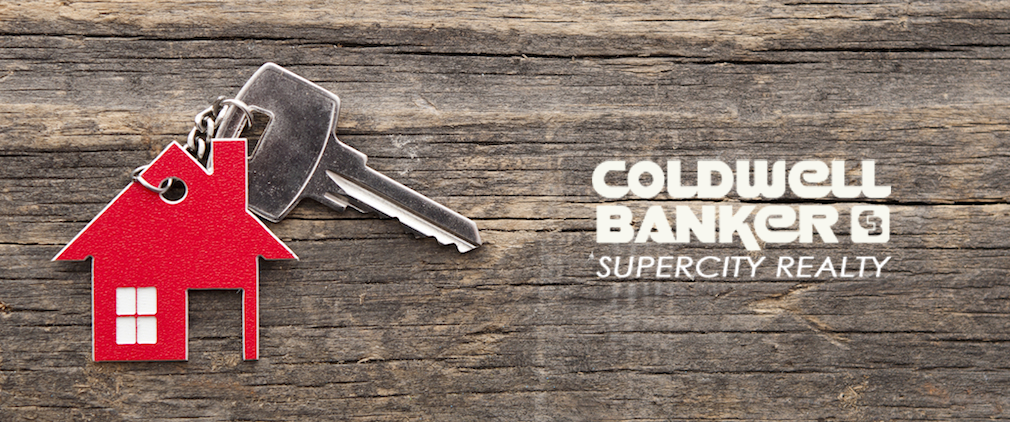
Whether it’s a new build or a fixer-upper, investigate provincial energy rebates for even more savings. Most provinces offer cash back for purchasing energy-efficient furnaces, cooling systems and appliances. Check the terms and conditions of the programs in your area before you buy.
Buying your first home can be an overwhelming, expensive and exciting experience. These programs, rebates and credits can help off-set some of the expense. A good tax preparation software, like TurboTax, can guide you through your taxes to ensure you get your maximum refund as a first-time home buyer.
Contact our Sales Agents with your questions.

